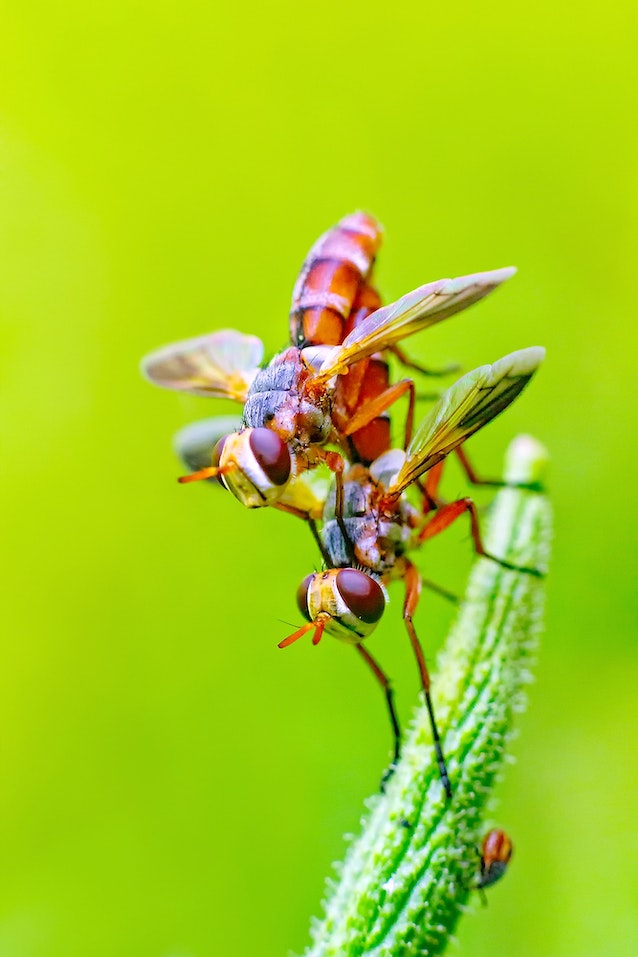The link between trauma and biological aging in insects provides valuable insights into the relationship between stress, resilience, and the aging process. Here are some key lessons we can learn from studying this connection:
1. Stress as a Driver of Aging: Traumatic events, such as physical injury or exposure to toxins, can induce stress responses in insects. These stress responses involve the release of stress hormones and activation of cellular pathways that can accelerate aging. By studying the impact of trauma-induced stress on biological aging in insects, we can gain a better understanding of how stress influences aging processes and identify potential targets for interventions that promote healthy aging.
2. Resilience and Longevity: Some insects exhibit remarkable resilience to trauma and can recover from severe injuries that would be lethal to other organisms. By studying the mechanisms underlying this resilience, we can gain insights into the factors that contribute to longevity and enhanced repair processes. Understanding how certain insects can withstand and recover from traumatic events can provide valuable knowledge for promoting resilience and healthy aging in other organisms.
3. Regeneration and Tissue Repair: Insects possess remarkable regenerative abilities, allowing them to regenerate lost body parts or repair damaged tissues. Studying the mechanisms of tissue regeneration and repair in response to trauma can provide valuable insights into the processes that support tissue maintenance and rejuvenation. Lessons learned from insect models can potentially inform research into human tissue regeneration and therapeutic interventions for age-related tissue degeneration.
4. Stress Signaling Pathways: Trauma and stress activate specific signaling pathways in insects, which can influence their aging trajectories. For example, the activation of stress-response pathways, such as the insulin/insulin-like growth factor signaling pathway, can impact lifespan and age-related physiological changes. Understanding how stress signaling pathways are involved in the response to trauma can help identify potential targets for modulating aging and promoting healthy longevity.
5. Trade-offs and Life History Strategies: The response to trauma in insects often involves trade-offs between survival, reproduction, and aging. For instance, some insects may allocate resources towards repair and survival, at the expense of reproductive efforts or long-term longevity. Studying these trade-offs can provide insights into the evolutionary strategies employed by insects to optimize fitness in the face of trauma. This understanding can shed light on the complex relationship between reproduction, survival, and aging in other organisms, including humans.
While the lessons learned from studying the link between trauma and biological aging in insects may not have direct translational applications to human aging, they provide valuable insights into fundamental biological processes. They contribute to our understanding of stress responses, resilience, regenerative capacities, and the trade-offs involved in aging and longevity. This knowledge can guide future research and inform potential interventions for promoting healthy aging and resilience in diverse organisms, including humans.




